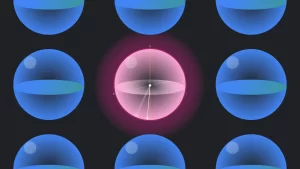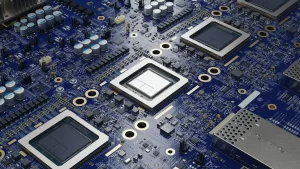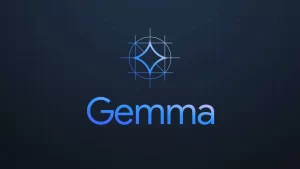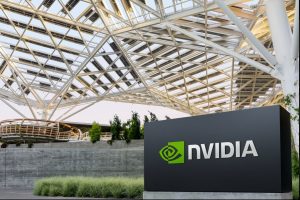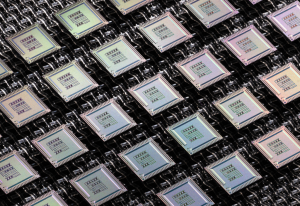CAMBRIDGE/ LOS ANGELES — Nu Quantum, a leader in quantum information technology, has unveiled a pioneering theory paper on Quantum Error Correction (QEC), showcasing how a modular architecture of interconnected quantum processors can be optimized for high-rate, efficient QEC codes. This breakthrough demonstrates a clear path toward fault-tolerant distributed quantum computing, a crucial step in scaling quantum technology for real-world applications.
As quantum computing progresses, significant strides were made in 2024 with several announcements, including Google’s Willow chip and advancements from Quantinuum and QuEra. These milestones revealed that high-quality qubits could be error-corrected for the first time, proving the foundational elements needed to develop practical quantum computers. However, scaling to millions of physical qubits, a prerequisite for transformative applications, remains a formidable challenge.
Nu Quantum’s latest paper offers a solution, demonstrating how the principles of quantum error correction can be distributed across a modular architecture of interconnected quantum processors. This architecture, as proposed, will allow for the creation of logical qubits by using physical qubits across multiple processors, which are linked by entanglement. This approach breaks the limitations of traditional monolithic processors and provides a scalable path to large-scale quantum computing.
Key Insights from the QEC Theory Paper:
- Distributed Quantum Error Correction is Feasible:
The paper demonstrates how logical qubits can be built using multiple processors, which are interconnected via entanglement links. This allows for scaling the size of the error-correcting code without the need to increase the size of individual processors, offering a new approach to building fault-tolerant quantum computers. - Scalability of Fault-Tolerant Quantum Computing:
By using standard simulation methods, the paper validates that the network and processor fidelity requirements for a distributed QEC system are within reach. The analysis shows that with 99.5% entanglement fidelity across interprocessor connections, fault-tolerant machines can be built. Additionally, the paper outlines the 99.99% fidelity needed for local two-qubit gates within each processor, a target already being approached by various quantum hardware providers. - Efficiency of Distributed Quantum Computing:
The modular nature of the proposed system—where identical processors and network elements are added to scale the system—allows the flexibility needed to apply high-rate QEC codes like hyperbolic Floquet codes. These codes, which offer higher efficiencies than traditional surface codes, will make it possible to construct large-scale, fault-tolerant quantum systems more efficiently. The system’s architecture ensures that error rates improve as more processors are added, further optimizing the scalability and fault tolerance of the machine.
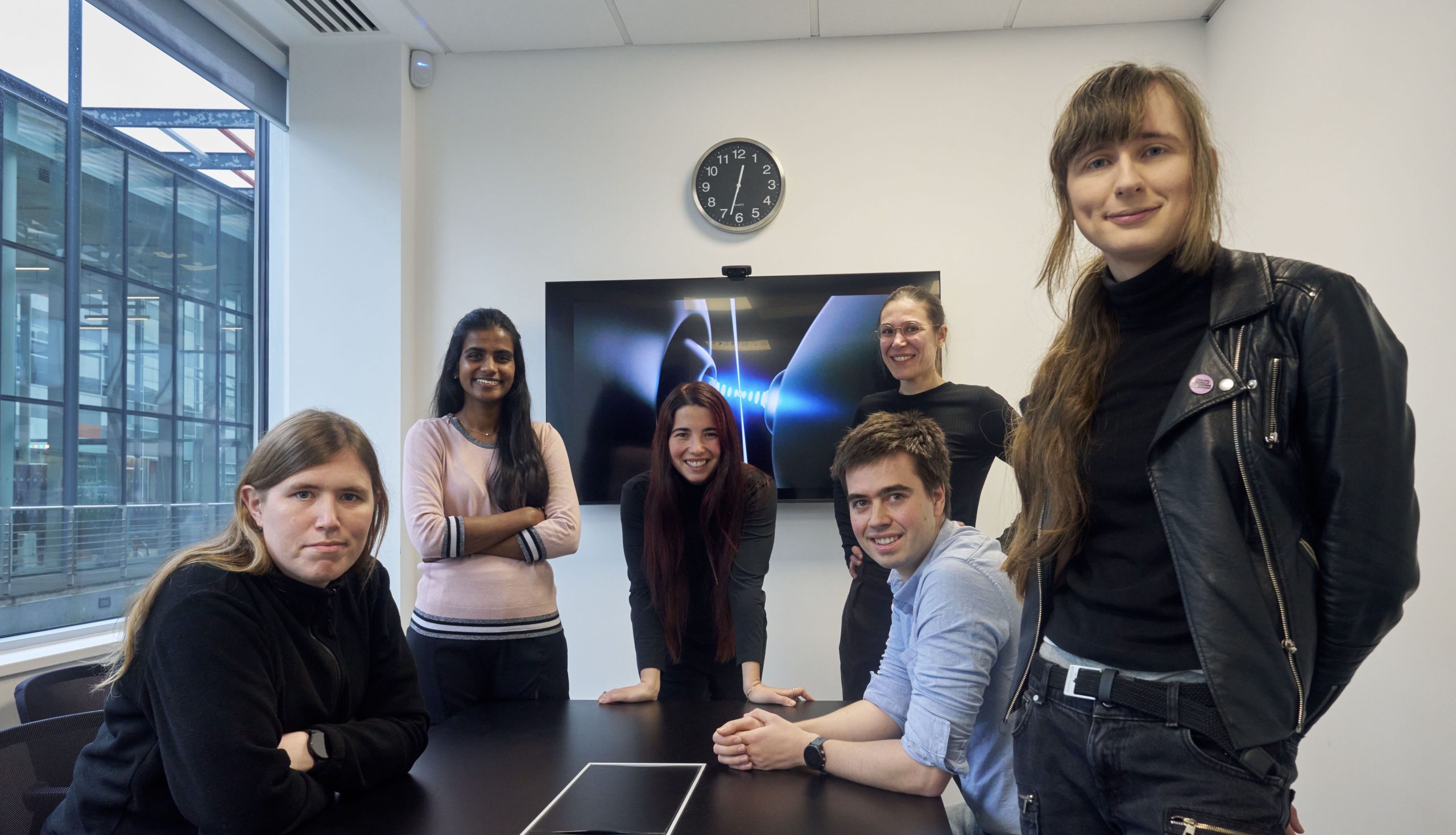
By incorporating these principles, Nu Quantum charts a clear roadmap for creating a quantum computer of virtually any size—one that combines modular architecture with highly efficient error correction. This work complements other breakthroughs in the field, such as Google’s Willow chip enhancing the quality of logical qubits, and efforts from QuEra and Quantinuum advancing the quantity of logical qubits within individual processors.
Nu Quantum’s theory paper, titled “Distributed Quantum Error Correction Based on Hyperbolic Floquet Codes” by Evan Sutcliffe, Bhargavi Jonnadula, Claire Le Gall, Alexandra E. Moylett, and Coral Westoby, is available on arXiv. The company’s efforts continue to support the development of quantum hardware interfaces and scalable quantum networking units, which are integral to implementing the distributed QEC system outlined in the paper.



